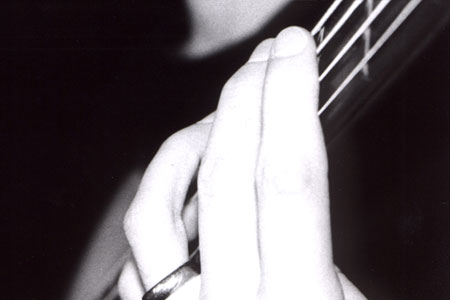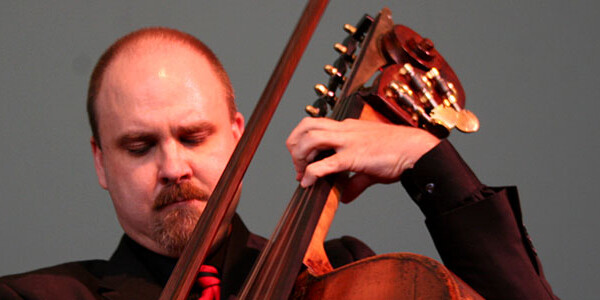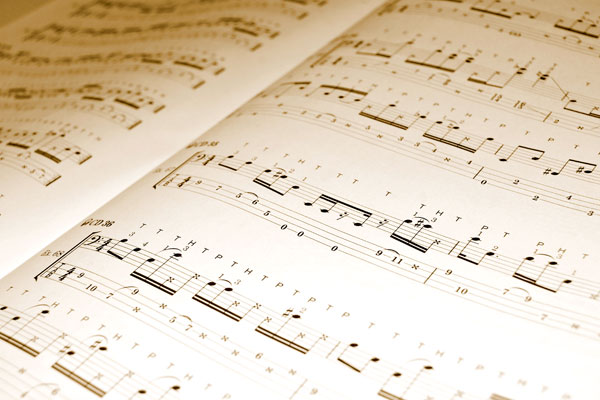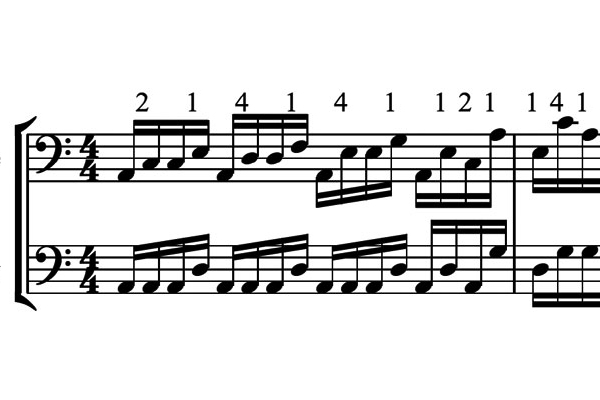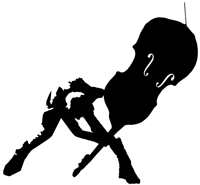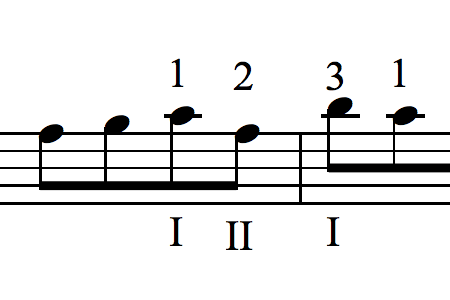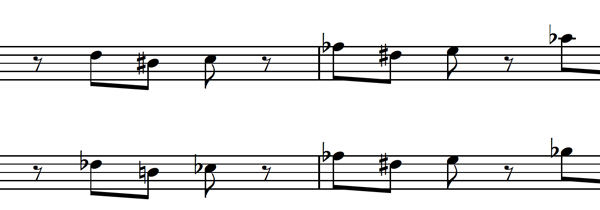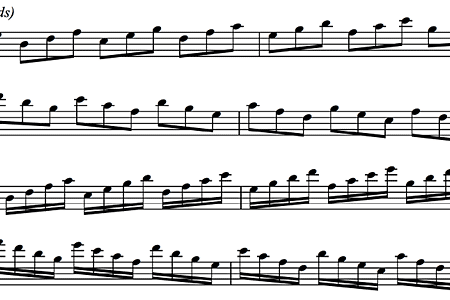The Lowdown with Dr. D - Page 9
Bass Harmonics: Middle of the String Harmonics
We’ve found where the most common harmonics are at the end of the fingerboard, and also toward the nut. Today, let’s find the most common harmonics in the middle part of the string. In the examples below, the lower staff tells us where to put place our fingers and find the harmonic. The upper staff tells us the sounding pitch...
Lower Position Harmonics
Last time we found some of the most common harmonics as they are played at the end of the fingerboard. Since the placement of harmonics on the string “mirror” themselves from the mid point (i.e. you find the same notes toward the nut as you do toward the bridge) we can find the harmonics from last installment not only at...
Expanded Harmonics: More on Locations and Patterns
Last time we talked about how to find out where harmonics occur on a string by dividing the string into equal parts. Below you will find a more straightforward representation of the specific harmonics that can be found at the end of the fingerboard on each string. We will be placing the thumb on the second octave harmonic for each...
Harmonics: A Starter Guide for Bassists
Whatever the genre, we bassists seem to love harmonics. From Jaco to Dittersdorf, bass music is full of them. When we are introduced to playing harmonics however, the prospect can be a bit tricky. At first, we may be unsure where the harmonics are on the string, or what note will sound when we attempt them. While I can’t possibly...
Left Hand Flexibility for Bassists
When playing the bass, flexibility is far more important than strength. In fact, if body mechanics and gravity are used intelligently it takes surprisingly little strength to play our instrument. Flexibility, however, is paramount to many of the things we must do well. In the left hand (or fingering hand for the lefties!) it is especially important. Lack of flexibility...
Making Resolutions: A Guide for Bass Players
Although it seems most people have given up on the practice of making New Year’s resolutions, some musicians still make music-related resolutions. The most popular ones seem to be along the lines of “practice more,” or worse, “become a better bass player.” While the intent is laudable, it is unlikely that such “resolutions” will have a positive end result. They...
Isolating Your Right Hand: Exercises for Bassists
When confronted with a difficult passage that just isn’t getting any better, most of us will isolate the left hand to improve our accuracy. We may change from arco to pizzicato to isolate the left hand. We may “shadow bow” the passage. Perhaps we may finger the strings in the left hand alone, completely taking the right hand out of...
More Forked Fingering Techniques: Using the Thumb
Last time we talked about playing fourths across strings using two adjacent fingers, a concept sometimes called “forked fingering.” For example: We can, of course, use the same exact concept in the upper registers of the bass, or thumb position. For example: As mentioned before, this can be easier to execute effectively in the upper registers than in the lower...
Forked Fingering: A Guide to Comfortable Double Stops for Bassists
Playing fourths across strings on the upright bass can be fraught with problems, especially when we are playing double stops. Sometimes it is appropriate to “bar” the notes using the same finger like this: However, this can create a clamping of the hand and needless tension, which in turn limits our facility and ability to adjust quickly. Intonation can also...
Enclosure Tone Exercises for Bassists
One way to give more interest to your improvisations is to add enclosure tones to otherwise simple note choices. Enclosure tones are two tones which “enclose” (i.e. one higher, one lower) another note. Generally, but not always, the note which gets “enclosed” is a chord tone. For example, if we begin with the root of a C7 chord: …and precede...
Diatonic Arpeggios: A Guide to Better Improvisation
One way to quickly become fluent in a key is to familiarize yourself with that key’s diatonic arpeggios, i.e. the arpeggios beginning on each note of the scale. Facility in diatonic arpeggios is also necessary for true improvisational freedom and fluency. I don’t suggest attempting this until you are comfortable with the originating scale. In today’s examples, that is C...
Scale Pattern Work for Bassists
I have mentioned previously that daily scale practice should include scale patterns, and indeed most scale books devote some space to such patterns. There are, of course, innumerable patterns that we can apply, but certain scalar patterns occur more frequently than others in the music we play. Although the number of possible patterns are seemingly limitless, I have found that...
